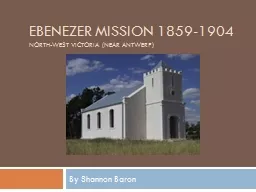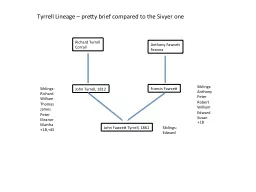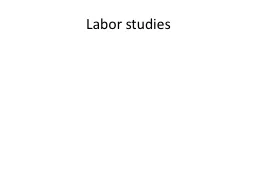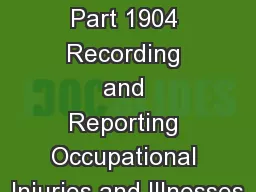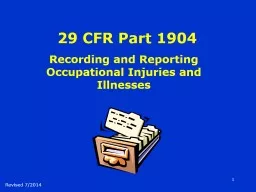PPT-EBENEZER Mission 1859-1904
Author : phoebe-click | Published Date : 2017-03-30
Northwest Victoria near antwerp By Shannon Baron The Establishment of Ebenezer Mission Ebenezer was first established in 1859 by the Moravian Church which is
Presentation Embed Code
Download Presentation
Download Presentation The PPT/PDF document "EBENEZER Mission 1859-1904" is the property of its rightful owner. Permission is granted to download and print the materials on this website for personal, non-commercial use only, and to display it on your personal computer provided you do not modify the materials and that you retain all copyright notices contained in the materials. By downloading content from our website, you accept the terms of this agreement.
EBENEZER Mission 1859-1904: Transcript
Download Rules Of Document
"EBENEZER Mission 1859-1904"The content belongs to its owner. You may download and print it for personal use, without modification, and keep all copyright notices. By downloading, you agree to these terms.
Related Documents

